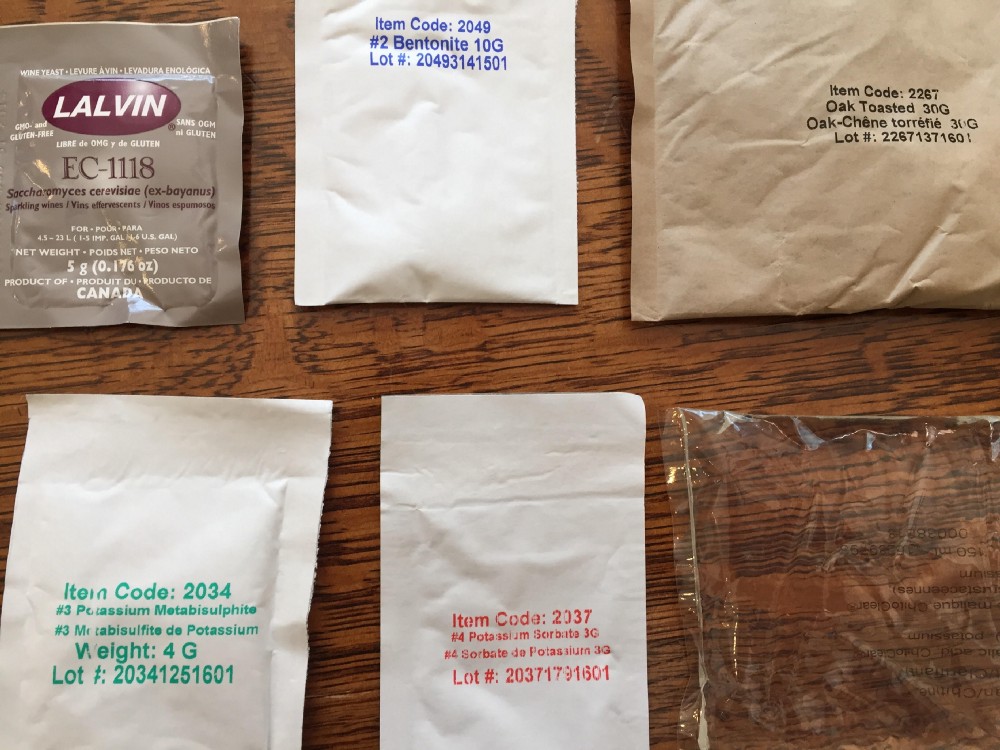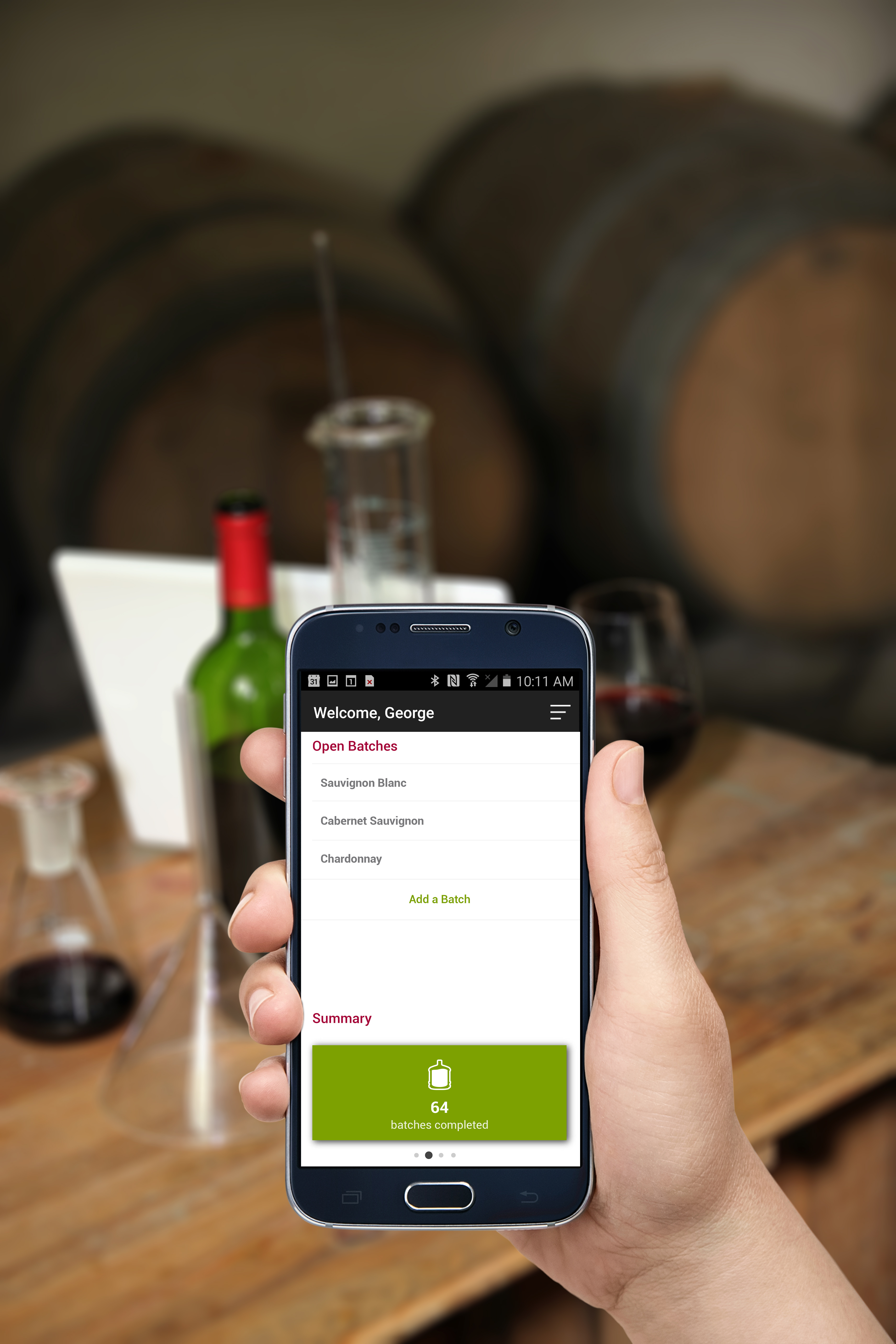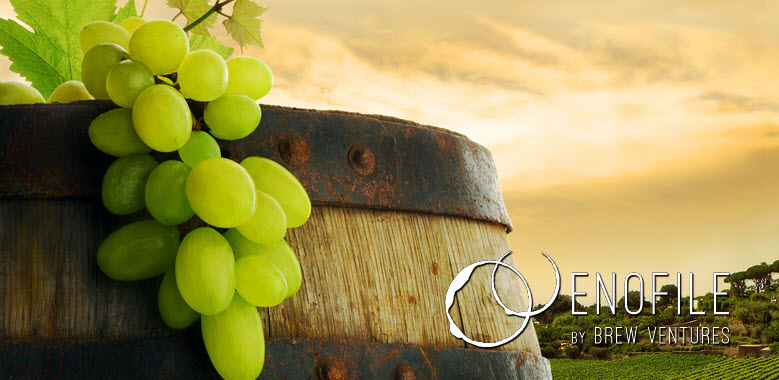If you’re like me, you started your winemaking hobby with kits. Many people start this way. I won’t add to the great debate about whether “real winemakers” use kits or real winemakers only use grapes. Having made both and having made great and terrible wines both ways, I know it’s not that simple.
I found that after making only a few kits, I wanted to stretch and see what I could do to better understand my own winemaking experience.
Before you stretch and make changes to your kits, ask yourself some questions:
Are you ready to take a chance?
Kit wines are designed to be flawless, if you follow the directions. And if you’ve followed those directions, you’ve made some decent wines.
However, it takes a bit of an adventurous spirit to risk your batch beyond what’s known and try something new to make something perhaps outstanding. Without risk, there are no rewards.
Embracing this adventurous spirit can be costly. I’ve added malolactic bacteria to kit chardonnay to disastrous results. I’ve bulked aged a top end Chateau-de-pape kit and turned it into something I’ll only put into soups. I’ve had what was supposed to be sweet, high alcohol dessert wine not finish higher than 14% ABV. Without acceptance of “things can go wrong,” I don’t think I would have been able to continue my experimentations. But those adventures have led to some award winning wines!
Do you understand the components of the kits?
Kits are meant to be as foolproof as possible, which means the manufacturers go to some length to ensure a successful outcome. When you’re considering making changes to the kit, you’ll really need to know your stuff.
If you’ve done some research, you know the juice in a kit wine comes perfectly balanced in the correct starting range for sugar, pH and acids to make the best possible white or red wine if you follow the instructions. What happens if you change the juice a little with other ingredients?
In addition, the juice has been given the correct nutrients to feed the provided yeast for the best results. Before trying additions or changes to your kit instructions, it is helpful to know what all those ingredients do for wine. Just changing the yeast can add a lot of variability. Temperature and nutrition requirements alone can mean the difference between a successful fermentation and one that doesn’t complete.
Kit ingredient glossary:

Juice concentrate
The main ingredient in kit winemaking. If your kit comes with a concentrate, it’s likely already been balanced for pH, acidity and sugar to make the appropriately sized batch given the water you add. It likely also has the required nutrients for a healthy fermentation.
Bentonite
A clay mineral that is used to help bind with proteins in fruit juice. When using a slurry with winemaking, the bentonite clings to the particulate matter in wine which falls to the bottom of the fermenting container.
Dried fruit/herbs
Any dried particles that add to the aroma and flavor profile of the wine.
Oak chips
Used to impart vanilla and butter flavors in the wine as well as perform other complex interactions with the yeast. Adds to the overall aroma and flavor profile of the wine. Smaller particles impart more flavors.
Yeast
Used as the workhorse to convert sugar into alcohol. Different yeast types have different nutritional and temperature needs to complete a successful fermentation.
Potassium metabisulfite
Used as a stabilizing preservative for protecting the wine from oxidation. It releases sulfur dioxide when mixed with water, which acts as an antioxidant. It also protects colors and flavor.
Potassium sorbate
Used as a fermentation inhibitor and typically added when wine will have sugar added post fermentation. If added with a back sweetener, prevents a fermentation restart in the bottle.
Chitosan
A shellfish derived clarifier used to help clear hazy wines. The positively charged Chitosan attracts the negatively charged particles in wine. The combined weight drops them out of solution.
Isinglass
A fish bladder derived clarifier. Like Chitosan, it settles particles with a negative charge out of wine.
Kieselsol
A silica derived liquid that has a negative charge. Attracts proteins and solids that are positively charged in wine and settles to the bottom of the container.
Oak cubes
Like oak chips, used to impart vanilla and butter flavors in wine. Typically used after fermentation for a brief period (1-2 weeks) to substitute for barrel aging.
F-pack
Normally adds sweeteners and flavors to wines after fermentation. LIkely contains potassium metabisulfite and potassium sorbate in small amounts to stabilize back-sweetened wine.
How much of a challenge do you want to take on?
Now that you’re grounded in the vocabulary, it’s time consider the type of changes you can make to your kit.
My experimentation has gone from the smallest changes to major ones, so the following is a list of low effort to high effort options. Start with the easy changes, and then work up to more complicated experiments in winemaking.
Try Something New with Wine Making Kits: Basic Techniques
Take Wine Making Kits Further: Intermediate Techniques
Stretching the Wine Making Kit: Advanced Techniques
The free EnoFile home winemaking app helps you log steps, create tasting notes and print a technical tasting sheet for each batch of wine. Check it out!


Leave a Reply